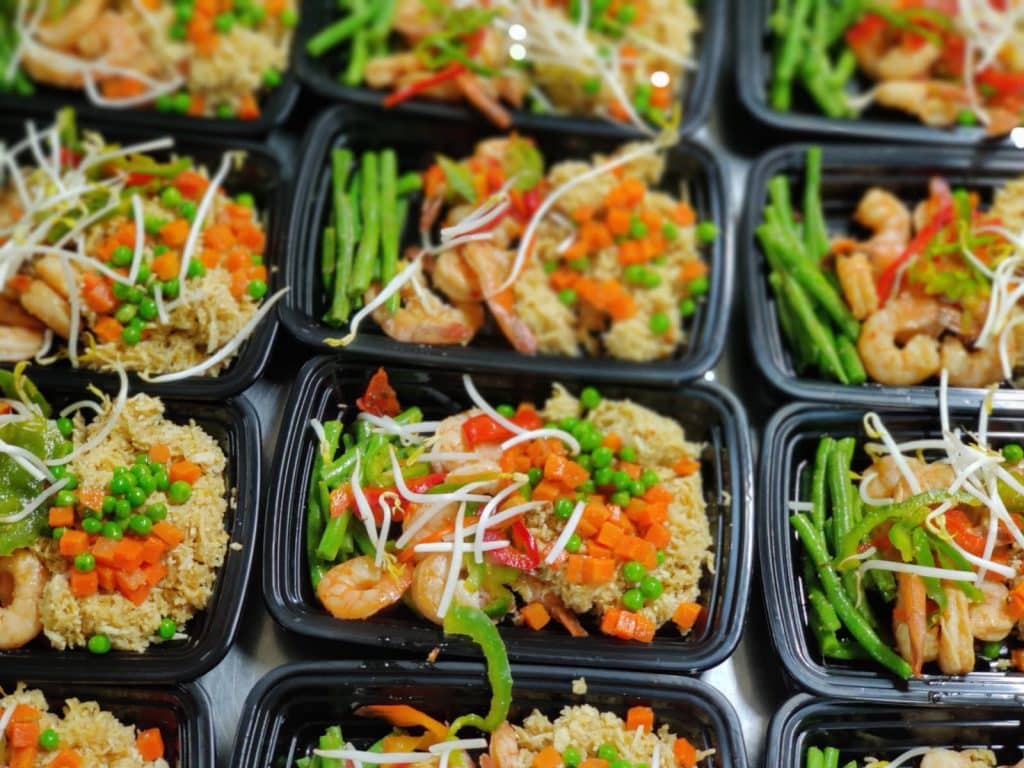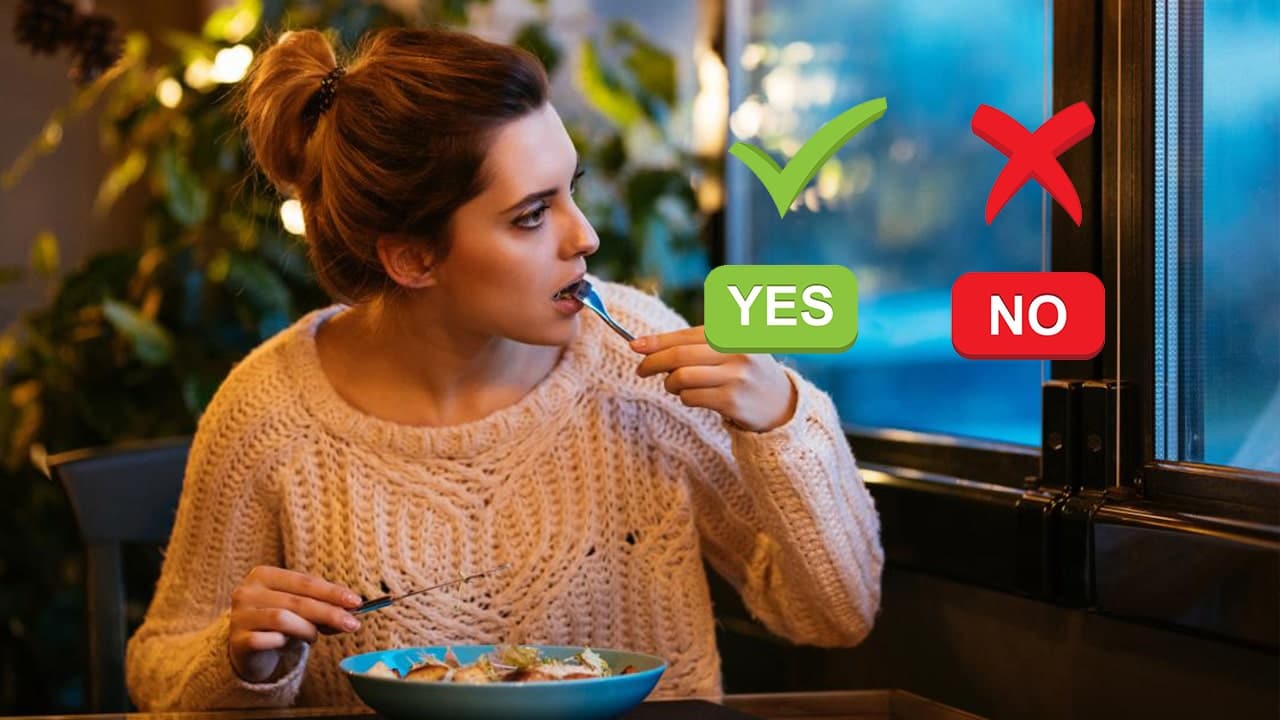If you’re considering starting a ketogenic diet, you undoubtedly already know that foods like pizza and muffins. Which are made with processed carbs and sugar, should be avoided. It’s a very low-carb, high-fat diet after all, and they are two of the more blatant carb offenders.
However, many of the items you’ll also steer clear of aren’t inherently bad for you. In reality, many “no” items are a rich source of carbohydrates that don’t function on a genuinely low-carb diet. Especially as the keto diet, while being packed with health-promoting vitamins, minerals, and fiber.
Many people who follow the ketogenic diet strive to consume 20 to 50 grams (g) of net carbs per day. Net carbs, though not an official nutrition word, can be estimated by subtracting fiber and sugar alcohols from the overall amount of carbohydrates, according to Atkins.com.
The goal is to put your body into a state of ketosis, which causes it to use fat for energy instead of carbs (its preferred and easy-to-access source of energy). As a result, you must now severely restrict several of your favorite foods, such as numerous fruits, entire grains, and certain vegetables.
However, not everyone should start a ketogenic diet. According to Stephen Herrmann, Ph.D., senior director of research and innovation at Profile Sanford. South Dakota-based Sanford Health, the ketogenic diet “may be hazardous for some people.”
According to dr Herrmann, this encompasses both those with type 1 diabetes who need to take insulin. And also those with type 2 diabetes who are taking insulin daily. Consult your doctor before beginning the keto diet if you have any chronic health conditions that you hope to partially address. Only your doctor can determine if the keto diet is safe for you.
Hemp hearts may replace croutons in salads.
Granted, croutons are one way to liven up a plate of lettuce, but on a ketogenic diet, every last bit matters. Only 2 tablespoons (tbsp) contain 5 g of net carbohydrates, according to the U.S. Department of Agriculture (USDA). Which significantly restricts the additional vegetables and additions you may use.
Instead of starchy peas, use broccoli as your side vegetable.
Compared to other green nonstarchy vegetables like broccoli or zucchini, peas are a starchy vegetable with higher carbs per serving. However, if you’ve lately had a bowl of them, don’t feel terrible. According to dr Herrmann, eating too many peas is not the worst thing you can do for your health. Just be aware that their 14 g of net carbohydrates per cup will probably make you to stray from your ketogenic diet.
Sunflower Seeds are a better option because Low-Calorie Packs May Still Be High in Carbs.
When following a ketogenic diet, you’ll consume far more fresh foods than when following a traditional American diet. (The U.S. Department of Health and Human Services emphasizes that most Americans consume too many foods, rich in saturated fat, salt, and added sugar in addition to eating too few fruits and vegetables.)
Unless you’re munching on packaged foods that are keto-friendly. Days of emphasizing fat-free and carb-rich snacks, like pretzels or 100-calorie packets of crackers, are over.
Try this keto-friendly DIY seaweed snack instead of potato chips
Potato chips are also prohibited, but you presumably already knew that. According to the USDA, a 1-ounce (oz) portion, or a pitiful 22 chips, has around 14 g of net carbohydrates.
According to Nasar, the following is a deserving ketogenic and heart-healthy snack replacement. Add white vinegar, salt, and chopped nuts and seeds to a food processor. The filling should be rolled up in seaweed like a cigar and baked for 5 to 10 minutes, or until crispy.
While berries might work with a keto diet, bananas are healthy but high in carbohydrates.
Since a little banana contains more than 20 g of net carbohydrates, you may consume all of your daily carbohydrate intake from a single banana.
Bananas should be avoided by those following a lower-carbohydrate diet.
Especially in the beginning and while trying to reduce weight, advises Herrmann.
You may choose to consume bananas if your carbohydrate targets are raised. After you’ve reached your weight loss goal and are in maintenance mode.
Cauliflower is suitable for keto, however, sweet potatoes aren’t
If you’ve attempted the Whole30 or a paleo diet, you may have consumed a lot of sweet potatoes. However, Herrmann advises that you should think twice about eating sweet potatoes when on the keto diet. About 20 g of carbohydrates make up a medium sweet potato.
Since cauliflower is usually used to replace other starchy meals, it is a great substitute for sweet potatoes. (Mash them up with some garlic and olive oil, and presto!) Just 3.2 g of net carbohydrates are present in one cup of cauliflower florets.
Despite being healthy, carrots are more starchy than other vegetables like bell peppers.
Despite having a lot of vitamin A, which is good for the eyes, one medium carrot includes 5 g of carbohydrates, according to the USDA. In one sitting, you’ll probably eat more than one carrot, and those few carbs have the power to send you over the brink.
It is preferable to obtain your from non-starchy foods like bell peppers. Even though they have less carbs, they may be equally as sweet as carrots. There are 2.9 g of net carbohydrates in a whole small pepper.
Table of Contents
Foods that are allowed on the ketogenic diet

A typical ketogenic diet calls for people to consume 70–80% of their daily calories as fat, 10–20% as protein, and 5–10% as carbs. This amounts to around 25–50 grams of carbohydrates, 150–180 grams of fat, and 50–100 grams of protein per day for a 2,000 calorie diet.
Fish and seafood
If you’re following a ketogenic diet, fish and shellfish are excellent choices. Salmon is exceptionally low in carbohydrates and abundant in important elements like omega-3 and B vitamins. Both lobster and shrimp are suitable keto fare.
Fish and seafood include the following macronutrients per 3 ounces (85 g):
- 0 g carbohydrates, 4 g fat, and 17 g protein in salmon
- Flounder: 2 g fat, 0 g carbohydrates, and 11 g protein
- Crab: 0 g carbohydrates, 1 g fat, and 15 g protein.
- Lobster contains 0 g of fat and 1 g of protein.
Meat and poultry
People following the ketogenic diet prefer meat and poultry because of their high fat and very low carbohydrate content.
3.5 ounces (100 g) of meat or poultry has the following macronutrients:
- Turkey: 12 g fat, 0 g carbohydrates, and 27 g protein
- 123 g protein, 6 g fat, and 0 g carbohydrates in the beef.
- 32 g protein, 3 g fat, and 0 g carbohydrates in the chicken.
- sausages: 2 g carbohydrates, 26 g fat, and 18 g protein
Common non-starchy vegetables
High-carbohydrate diets can be successfully replaced with non-starchy veggies. For instance, you can turn zucchini into noodles and cauliflower into “rice.”
3.5 ounces (100 g) of low-carb, high-fiber veggies include the following macronutrients:
- 0 g fat, 1 g fiber, 3 g protein; 3 g carbohydrates; in zucchini.
- Cauliflower has 2 g of fiber, 0 g of fat, and 4 g of protein.
- bell peppers: 5 g carbohydrates, 2 g fiber, 0 g fat, and 1 g protein
- Broccoli has 6 g of carbohydrates, 2 g of fiber, 0 g of fat, and 3 g of protein.
Avocados
A full avocado only has 17 g of carbohydrates, of which 14 g are fiber, and 30 g of fat, making it a highly popular choice for those on the ketogenic diet. They include a lot of vitamins and minerals as well, including potassium and B vitamins.
Berries
Because of their high carbohydrate content, many fruits might be challenging to incorporate into a keto diet. However, berries are relatively low in carbohydrates and are a good source of antioxidants.
Macros per 3.5 ounces (100 g) of berries:
- Berry: 1 g protein, 0 g fat, 2 g fiber, and 8 g carbohydrates.
- Blackberries: 0 g fat, 5 g fiber, 10 g carbohydrates, and 1 g protein
- berries: 1 g protein, 0 g fat, 7 g fiber, and 12 g carbohydrates
- 15 g of carbohydrates, 2 g of fiber, 0 g of fat, and 1 g of protein are included in one cup of blueberries.
Nuts and seeds
Consuming nuts has been associated with a decreased risk of diseases including diabetes and heart disease.
Although most varieties of nuts and seeds are low in carbs, there can be some variance.
macronutrients included in 1 ounce (28 g) of nuts and seeds:
- Pumpkin seeds include 3 grams of carbohydrates, 2 grams of fiber, 14 grams of fat, and 9 grams of protein.
- Almonds provide 6 grams of carbohydrates, 4 grams of fiber, 14 grams of fat, and 6 grams of protein.
- Cashews provide 9 grams of carbohydrates, 1 gram of fiber, 12 grams of fat, and 5 grams of protein.
- Chia seeds contain 12 grams of carbohydrates, 11 grams of fiber, 9 grams of fat, and 5 grams of protein.
Eggs
Eggs are a fantastic option for individuals consuming a ketogenic diet. Since they are a simple, economical source of fat and protein and have a low carb count.
The most recent research revealed that most individuals may safely consume 1 egg each day, or 7 eggs in a week. Contrary to earlier recommendations that advised against consuming more than 2 eggs per week.
Remember this…
If you consume a lot of plant-based foods, get adequate fiber, and limit your intake of meat and dairy to reasonable proportions. You can follow a ketogenic diet and still eat healthily.
Non-starchy veggies like broccoli, cauliflower, and zucchini, as well as nuts and seeds, avocados, and berries. They are examples of low-carb meals that are high in fiber.
Eating meals that are optimal for your body will improve your overall health and help you lose weight.

